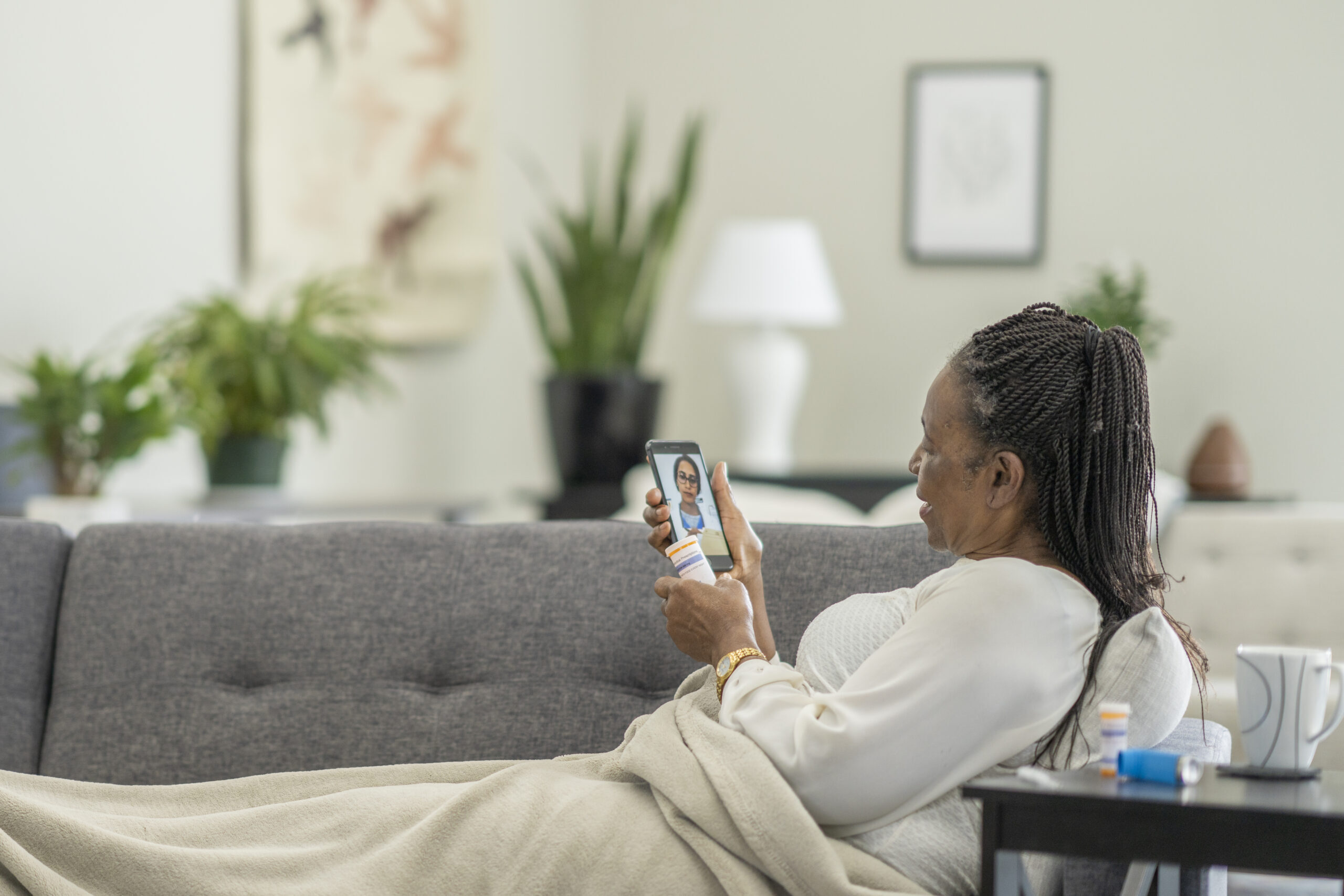Rural Communities Rely on Telehealth to Access Safe, Equitable and Low-Cost Care.
According to the United States Census, one in five Americans live in a rural area. That is over 60 million people who may not have easy access to safe, effective health care and as a result, are more likely to die from five of the leading causes of death than their urban counterparts. Telehealth has been shown to help reduce this inequity by providing access to care for those in rural communities.
For some patients living in rural areas, a lack of access to virtual care options can mean worry about saving up funds to afford the gas for long drives to their doctor’s office or waiting a month or more to see a specialist a city away. These impacts are felt by patients and providers in rural areas of the U.S., such as northern Michigan “[Patients] can’t just go to the doctor an hour away. They are traveling six hours,” Wisconsin family nurse practitioner Brianna Czaikowski said. With the convenience of virtual care, patients can take their appointments from the comfort of their homes, opening the door to a safe, low-cost health care option. “I really hope Medicare doesn’t ever take [telehealth] away because it’s really going to hurt us,” says Czaikowski.
Language can also be a barrier in rural areas, with telehealth programs patient data can be easily transcribed and translated ensuring that patients get the care they need “Using the technology was convenient,” said Rosa Jaime Alcantar, a patient from California who faces language barriers when attempting to receive traditional in-person care, “It was easier to send the information to the doctor right away, without having to go to the clinic.”
Telehealth is a particularly impactful option for rural patients who have chronic conditions or have frequent visits with providers. In the case of cardiac rehab programs, telehealth is shown to be just as effective as traditional in-person cardiac rehab, allowing rural-based cardiac patients to recover in the comfort of their home without sacrificing their care quality. Telehealth has also benefited patients through increased autism and mental health disorder diagnoses and by providing women’s preventative health treatment that is comparable to in-person care, all of which are specialty areas of care that rural communities may not have immediate access to without the aid of telehealth.
Telehealth also benefits rural health systems as a whole, The Department of Health and Human Services finds that integrating telehealth into hospital systems can assist in reducing strain on rural providers and rural health care infrastructure. With over 30 percent of rural health care centers using telehealth when administering patient care as of 2020, it’s no surprise that providers are praising virtual care.
“As a mental health provider, teletherapy has allowed me to see young people with eating disorders who would have otherwise had to travel hundreds of miles for specialized mental health care or would not have been able to access the treatment they need at all,” says one Eating Disorder Specialist. “In some areas of Michigan, there are no specialized eating disorder providers. Telehealth in these cases is not merely a matter of convenience – it is a matter of necessity to be able to put people in touch with experts who can help them. Telehealth is vital for increasing access to care, particularly among communities (people of color, financially disadvantaged communities, rural communities) that have traditionally been underserved.”
We urge Congress to act now to protect care access for rural Americans and permanently safeguard telehealth for the millions who rely on it.
Learn more about how Congress can act now to safeguard access to telehealth HERE.
ABOUT TELEHEALTH ACCESS FOR AMERICA
Telehealth Access for America (TAFA) is a public education campaign supported by leaders in health care committed to better care, expanded patient choice, and protecting access to critical telehealth services. Learn more and take action today at www.telehealthaccessforamerica.org

